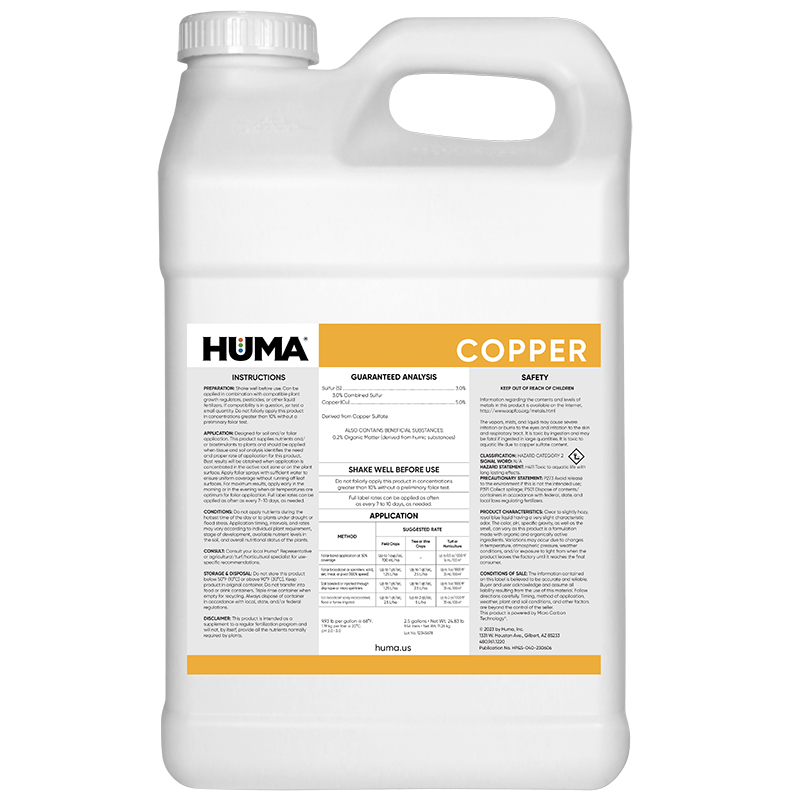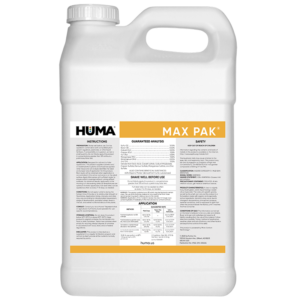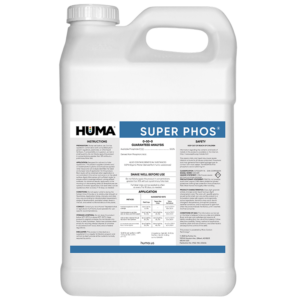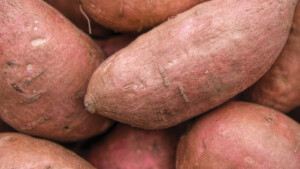COPPER
Benefits of Use:
- Increases enzyme activity in the metabolism of plant
- Has a regulatory effect when soil nitrogen is high
- Has a role in the production of Vitamin A within the plant and funtions in chlorophyll formation
- May be used with sulfur to improve plant tolerance of environmetal stresses
Deficiency Symptoms—When to Apply:
- Young leaves become wilted, chlorotic, and twisted, followed by withering and dying
- Plants show a half-dwarfing effect with an inward rolling of leaves that develop a blue-green appearance
FAQs
Related Products
Related Case Studies
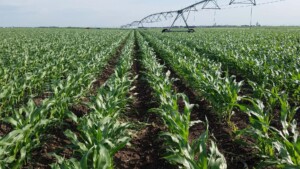
Huma® Organic Fertilizers Easy to Use, Improve Yield on Organic White Corn
Objective The objective of this field trial was for the grower to evaluate the ease of use and the effectiveness of 4 OMRI-Listed liquid Huma® organic crop nutrition products based on known field deficiencies. Materials & Methods The organic producer provided 2 80-acre plots of organic white corn in eastern Nebraska that was at the
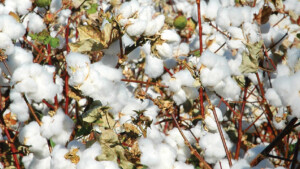
Huma® Fertil Soil® Increases Cotton Yield 16%, With 265% ROI
Background Application of Fertil Soil® to soils in combination with other Huma® fertilizers at various locations previously resulted in crops with improved plant growth and higher yields. Applying Fertil Soil® as a single product application or with grower standard products to soil and plants could also impact results. Objective The focus of this study was

X-Tend® B With Micro Carbon Technology® Improves Barley Yield With an ROI of 38:1
Objective Determine the effect on barley of adding Huma® X-Tend® B to split applications of different rates of nitrogen fertilizer. Background Enhanced Efficiency Fertilizer (EEF) additives improve crop production. Humates have been shown to improve crop yield. The Huma® EEF additive X-Tend® B is a concentrated Micro Carbon Technology® product with high levels of organic
Related Blog Posts
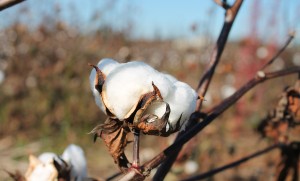
This Week in Ag #34
Earl Butz, one of the most famous and popular US Secretaries of Agriculture, once told me that a key competitive advantage for US farmers in the global marketplace is our built-in natural infrastructure. Our Great Lakes and river system is perfectly designed to transport grain efficiently. The Mississippi River is the backbone of our agricultural transportation system: 60% of all grain exported from the USA is shipped by barge down the Mighty Mississippi.

BHN’s Dr. Abi-Ghanem Selected to Speak at Soil Society Leadership Panel
Dr. Rita Abi-Ghanem, Senior Director of Research & Development at Bio Huma Netics, Inc., has been selected to speak as part of a Soil Science Society of America (SSSA) panel discussion on Leadership at the 2019 International Soils Meeting, “Soils Across Latitudes, on January 8, 2019, in San Diego, California. Dr. Abi-Ghanem will be representing

This Week in Ag #19
Rain makes grain. Those words are as old as farming itself. In the nation’s breadbasket – the three I states, which produce 42% of our corn and 37% of our soybeans – there’s concern over the lack of rain. That triggered a major movement in the grain market. Drought officially grips 100% of the I

